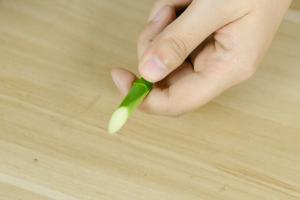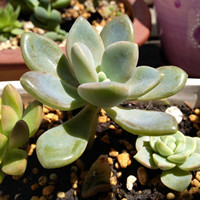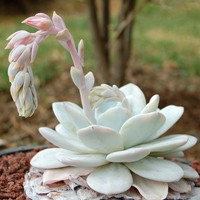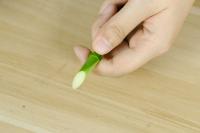Introduction
Have you ever heard of using nylon rope to water plants? It sounds bizarre, but this method has been gaining popularity among plant enthusiasts lately. The question is, how effective is it, and how long does it take for the rope to water a plant? In this article, we will explore the topic further and see if nylon rope watering is a viable option for plant care.
How does nylon rope watering work?
The principle behind nylon rope watering is simple: the rope acts as a wick, drawing water from a reservoir to the plant's roots. To implement this method, you first need to make a hole in the soil near the plant, deep enough to reach the roots. Then insert one end of the nylon rope into the hole, leaving the other end exposed. Finally, put the exposed end in a container filled with water, and the rope will transport the water to the plant's roots as they need it.
What are the advantages of using nylon rope watering?
Nylon rope water has several advantages over traditional watering methods. Firstly, it's a more efficient way of providing water to the plant. With regular watering, a significant amount of water can evaporate or run off the soil, leading to water wastage. Secondly, nylon rope watering helps to prevent overwatering, which can cause root rot and other plant diseases. This is because the rope only provides water when the plant needs it, without the risk of excess water lingering in the soil. Lastly, it's a low-maintenance method that requires minimal attention from the plant owner.
How long does it take for nylon rope watering to water a plant?
The length of time it takes for nylon rope watering to water a plant depends on various factors such as the size of the plant, the type of soil, and the humidity level. Typically, it takes around 24-48 hours for the rope to transfer water from the reservoir to the plant's roots. In hotter and drier climates, the rope may need to be replaced more frequently, as the water evaporates quickly.
Are there any drawbacks to using nylon rope watering?
While nylon rope watering may have advantages, it's not a perfect solution. For one, it's not suitable for all plant varieties. Plants with shallow roots or those that prefer dry soil conditions may not benefit from this method. Secondly, maintaining the nylon rope can be tricky, as it tends to collect dirt and debris over time, which can affect its efficiency. Lastly, nylon rope watering may not be ideal for plants that require a consistent level of soil moisture, as the amount of water the plant receives may vary depending on various factors.
Conclusion
In conclusion, nylon rope watering is a viable option for plant care, but it's not a one-size-fits-all solution. If you're considering this method, make sure your plant is suitable, and be prepared to monitor the rope's condition regularly. It's also essential to understand that nylon rope watering may not replace traditional watering methods entirely but can serve as a supplementary method to help you save water and maintain your plant's health.

 how many times do yo...
how many times do yo... how many planted tre...
how many planted tre... how many pine trees ...
how many pine trees ... how many pecan trees...
how many pecan trees... how many plants comp...
how many plants comp... how many plants can ...
how many plants can ... how many plants and ...
how many plants and ... how many pepper plan...
how many pepper plan...

























